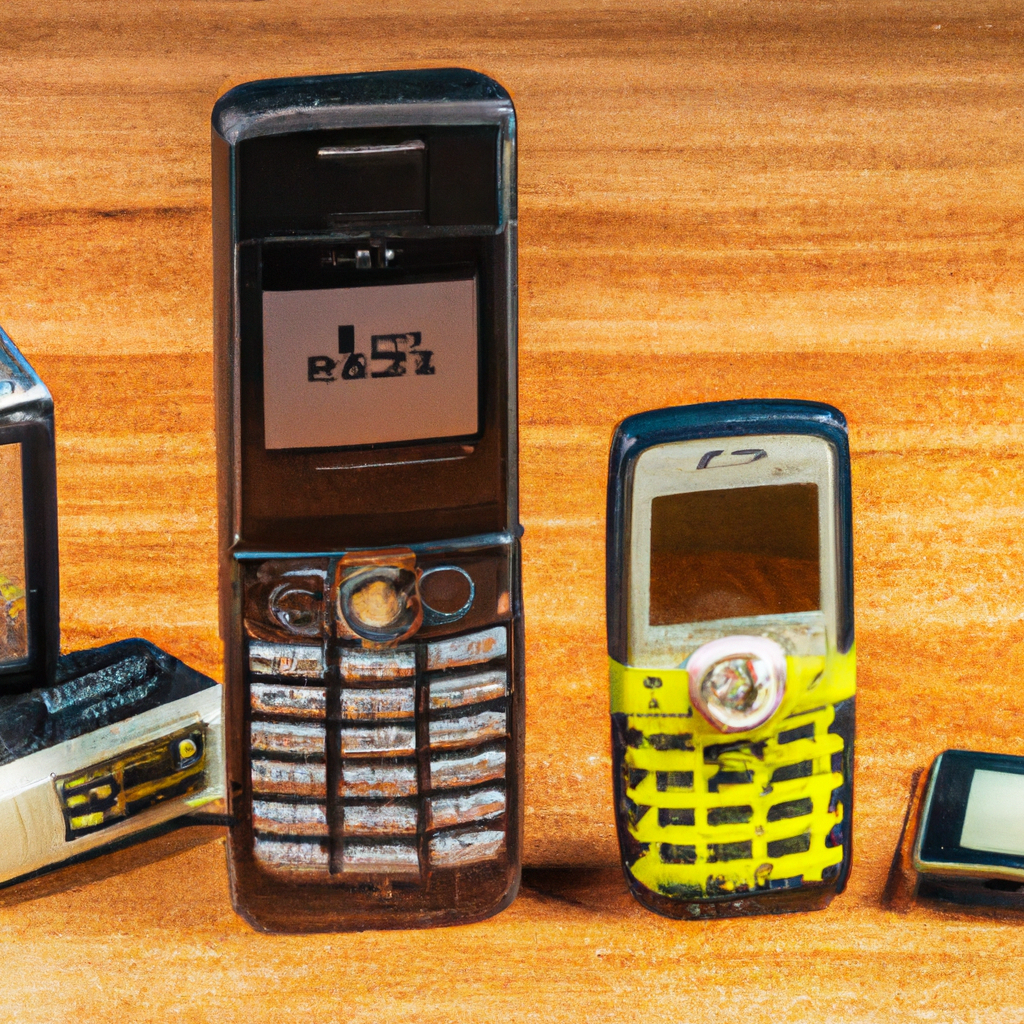Introduction: A Vintage Revolution
Picture this: it’s April 3, 1973, and a brisk breeze flows through the bustling streets of New York City. Amidst the chaos, a man stands tall, cradling a curious device in his hand. Passersby glance over, puzzled by the unusual sight. The man is Dr. Martin Cooper, and he’s about to make history. With a confident press of a button, he dials a number, and the world hears the first-ever mobile phone call. The DynaTAC, a device that seemed like a prop from a futuristic movie, was now a reality. And so began the mobile revolution.
The Birth of DynaTAC
The DynaTAC, short for “Dynamic Adaptive Total Area Coverage,” was the brainchild of Motorola, a company renowned for its innovative spirit. Cooper, who worked as an engineer and executive for the company, wanted to create a device that could free communication from the constraints of landlines. After years of research and development, the DynaTAC was born.
It’s hard to imagine now, but the first mobile phone was a hefty gadget, weighing 2.4 pounds and measuring 9 inches in length. With a talk time of just 30 minutes and a 10-hour charge time, it was far from today’s sleek, all-in-one devices. Yet, the DynaTAC was groundbreaking for its time.
The DynaTAC’s Legacy: A 50-Year Retrospective
The past five decades have seen a whirlwind of advancements in mobile technology. Let’s take a trip down memory lane:
- 1980s: The Rise of Cellular Networks The 1980s saw the establishment of the first cellular networks, which allowed for more extensive and reliable coverage. As the infrastructure grew, mobile phones became more accessible and began to shrink in size.
- 1990s: Text Messaging and the Nokia Era The 1990s introduced text messaging, forever changing the way we communicate. Nokia emerged as a market leader, producing iconic handsets like the Nokia 3310, known for its indestructibility and long-lasting battery life.
- 2000s: Smartphones Enter the Scene The 2000s marked the dawn of smartphones, with the release of the first iPhone in 2007. These devices combined communication, entertainment, and productivity into a single, pocket-sized package.
- 2010s: The App Revolution With the rise of app stores, smartphones became indispensable tools for every aspect of our lives. Social media, mobile gaming, and on-demand services skyrocketed in popularity.
- 2020s: 5G and Beyond The 2020s brought forth the era of 5G, promising lightning-fast data speeds and seamless connectivity. The mobile industry also began to explore foldable devices and augmented reality applications.
As we celebrate the 50th anniversary of that historic first call, it’s awe-inspiring to see how far we’ve come. From the humble beginnings of the DynaTAC to the cutting-edge smartphones of today, the mobile industry has truly transformed the way we live, work, and connect with one another. Here’s to the next 50 years of innovation!
Key Takeaways:
- The first mobile phone call was made on April 3, 1973, by Dr. Martin Cooper using the DynaTAC, a groundbreaking device developed by Motorola.
- DynaTAC, short for “Dynamic Adaptive Total Area Coverage,” marked the beginning of the mobile revolution, paving the way for future innovations in the field of mobile communication.
- Over the past 50 years, the mobile industry has evolved rapidly, with significant milestones such as the rise of cellular networks, the introduction of text messaging, the emergence of smartphones, the app revolution, and the advent of 5G technology.
- The mobile industry’s progress has transformed the way we communicate, live, work, and connect with one another, making devices like the DynaTAC the foundation of this digital transformation.
- As we celebrate the 50th anniversary of the historic first call, we can appreciate the incredible advancements in mobile technology and anticipate further innovations in the years to come.
References:
- “The Cellphone: The History and Technology of the Gadget That Changed the World” by Guy Klemens
- “Mobile Phones and Mobile Communication” by Rich Ling and Jonathan Donner
- “The Smartphone: Anatomy of an Industry” by Elizabeth Woyke

